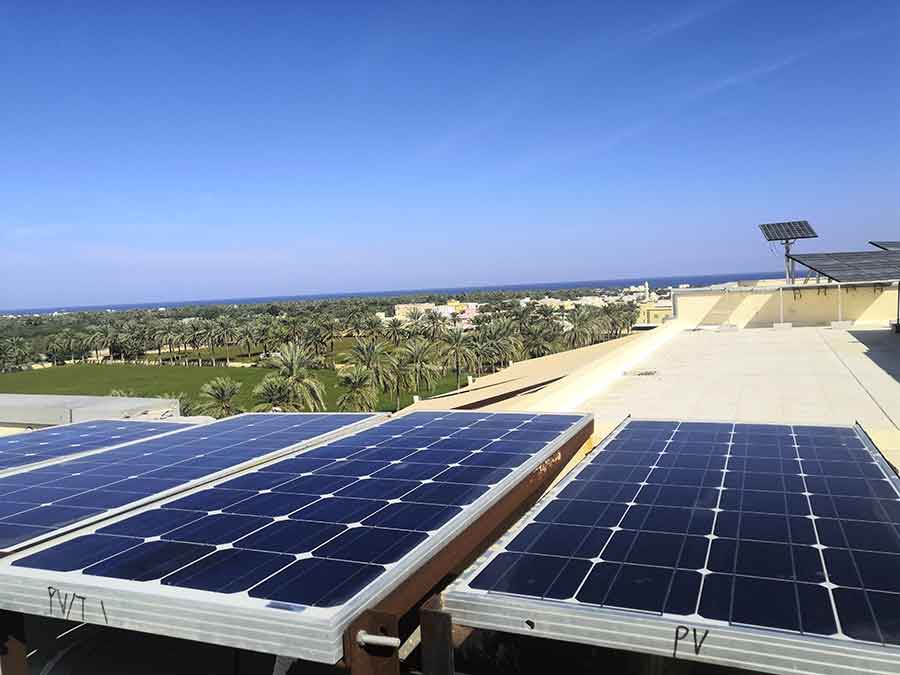
A comparison of dust impacts on polycrystalline and monocrystalline solar photovoltaic performance: an outdoor experimental study
- Post by: admin
- July 17, 2022
- Comments off
The article was published in Springer – Environmental Science and Pollution Research (ISI, SCOPUS, IF = 5.190).
Solar cells are considered one of the most important and widespread solar applications in the world. However, the performance of the PV modules is significantly affected by the dust in the air. This paper, therefore, presents a comparison of an outdoor experimental study of dust effect on monocrystalline, and polycrystalline photovoltaic (PV) modules. For analysis, four 100 W PVs were installed horizontally in Sohar, Oman. For each pair of PV modules, one was left dusty due to environmental impact, and the second was cleaned daily. PV performance and environmental parameters measurements were conducted every 30 minutes for 35 days. The effects of dust on current, voltage, power, and energy were discussed in terms of time and normalized values. Also, cleaning methods were tested to determine the optimum one. It is found that power degradation of monocrystalline (20%) is higher compared with polycrystalline (12%) due to dust accumulation. For monocrystalline, the current, voltage, and power losses ranged between 10.0–24.0%, 2.0–3.5%, and 14.0–31.0%, respectively. However, for polycrystalline the degradation rates were 16.88 – 27.92%, 0.455 – 0.455% and 17.14 – 28.1% for current, voltage and power losses after exposure to outdoor conditions for the same period, respectively. The dust accumulation on the PV surface found after 5 weeks is 0.493 mg/cm2, which can be considered the lowest accumulation rate compared to other Gulf countries, but which, however, leads to less energy degradation as well. It is found that water is sufficient to clean PV in the study area. However, sodium detergent as a cleaner introduced better results compared to water, especially when there is high pollution in the location.
Dr Hussein A Kazem, Engineering
